Staggering off the train into Europe’s busiest port and the last stop of my week-long French sojourn, I was in no mood to muck around. Unfortunately I had not been successful in booking somewhere to stay, so I had to drag myself to the tourist office to beg for help. The lady there shook her head at my foolishness but was able to find me a room in Hotel Victoria, conveniently located not far from Place d’Armes, main square of Calais.

It was only a short walk, but my ultra-heavy bag was now disintegrating and I had to stop every few steps to kick the wheels back into place. My battered body was faring little better – I was overheating badly, and I wasn’t sure whether I most needed to sleep, eat, or throw up.
Having by the skin of my teeth managed to acquire a British-themed room, I decided my first priority should be getting some food. I found Au Coq du Or nearby and took a table, and was pleased to see they had an English menu, as I was pretty much at the end of my tether when it came to working in a foreign language. Unfortunately, said English menu made very little sense.

Normally I would have found this charming and amusing, but just at this moment it only made me crosser. Why couldn’t anything just make sense? Regardless, I ordered the fried and stuffed scallops for entrée. This turned out to be assorted seafood baked in white sauce, because of course it was. It was actually quite delicious, despite the fact that there didn’t appear to be anything stuffed or fried about the dish.
For main, I had chosen the fish, and was pleased to receive exactly that. But after taking a bite, I felt an alarming obstruction in my throat. So this is it, I die alone in France after swallowing a fish bone? Not wanting to disturb the other diners with my dying, I tried to quietly swallow it, but finally could bear it no more and hacked the object into my napkin. A scale?
Language differences aside, I was ready to complain until I investigated further and discovered that the entire reverse side of the fish was covered in scales. So this was apparently either a terrible mistake or just the way things are done in France.
Now with burning throat but at least full, I paid for my meal and returned to my room, where I poured a cool bath and snoozed in it for a while. Temperature under slightly better control, I crawled into bed and fell asleep. It was only 3pm but I slept right through and was only awakened the next morning by the harsh cries of the seagulls outside.
I was feeling a lot better, and ready to have a proper look around. I’d had some adventuring mishaps in the past – I’ve been stranded, lost, and over my head in the middle of nowhere – but never before had I lost my optimism and sense of humour like that. But I guess that happens to every adventurer eventually.
The street outside was busy, a town-wide garage sale appeared to be in progress so I perused the bargains, only resisting the urge to purchase because I couldn’t stand the idea of my bag getting any heavier. My wandering took me near the famous lighthouse of Calais, built in 1848 and standing 55 metres high.

I headed back past the centre of town, and as I crossed the bridge across the harbour I caught sight of Fort Risban on the far shore. The fortress was built in 1346 by Edward III of England during the year-long siege of Calais which occurred during the Hundred Years War.
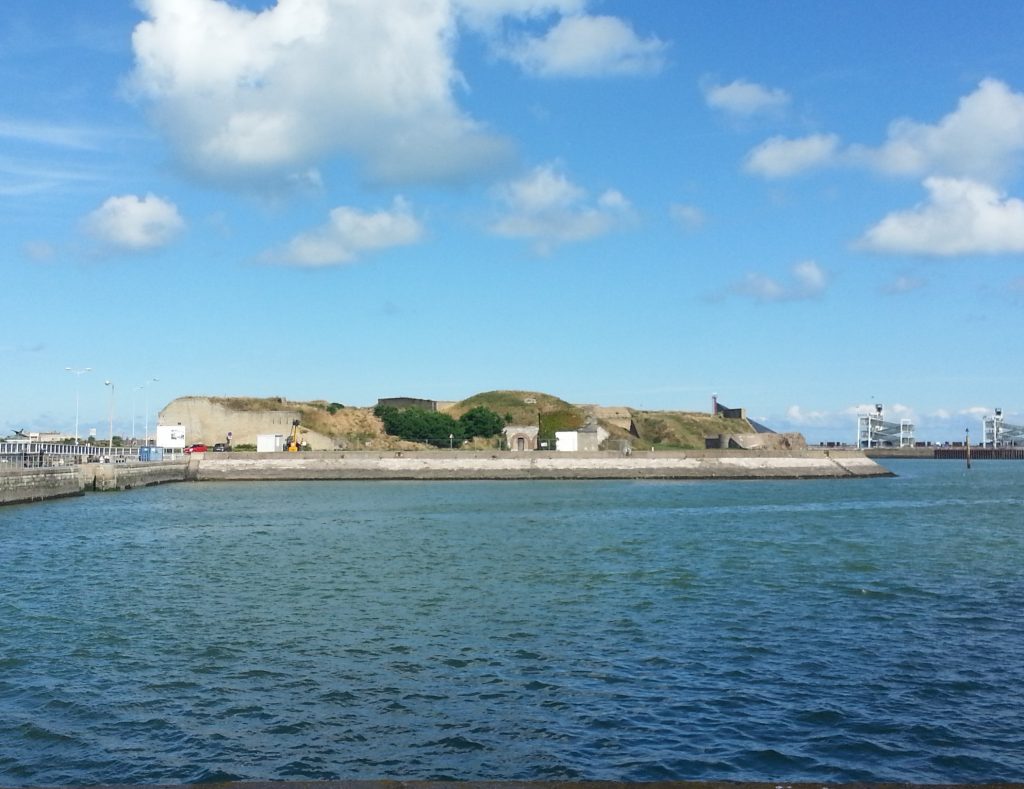
After the port fell, it remained in English hands until 1558, becoming part of the “Pale of Calais” as the English territory in France was called. The fortress was maintained and altered by the English and then the French through the centuries until 1908 when it was pulled down. It was revived briefly during the Second World War.
Passing the fort I continued down to the seafront. To my right was the harbour entrance, huge passenger ships pulling in and out every few minutes and permeating the area with a low rumble. The wide sandy beach stretched off into the western distance where some low dunes could be seen. And straight ahead when I squinted into the haze, I could just make out a thin white line – the white cliffs of Dover and my destination tomorrow.
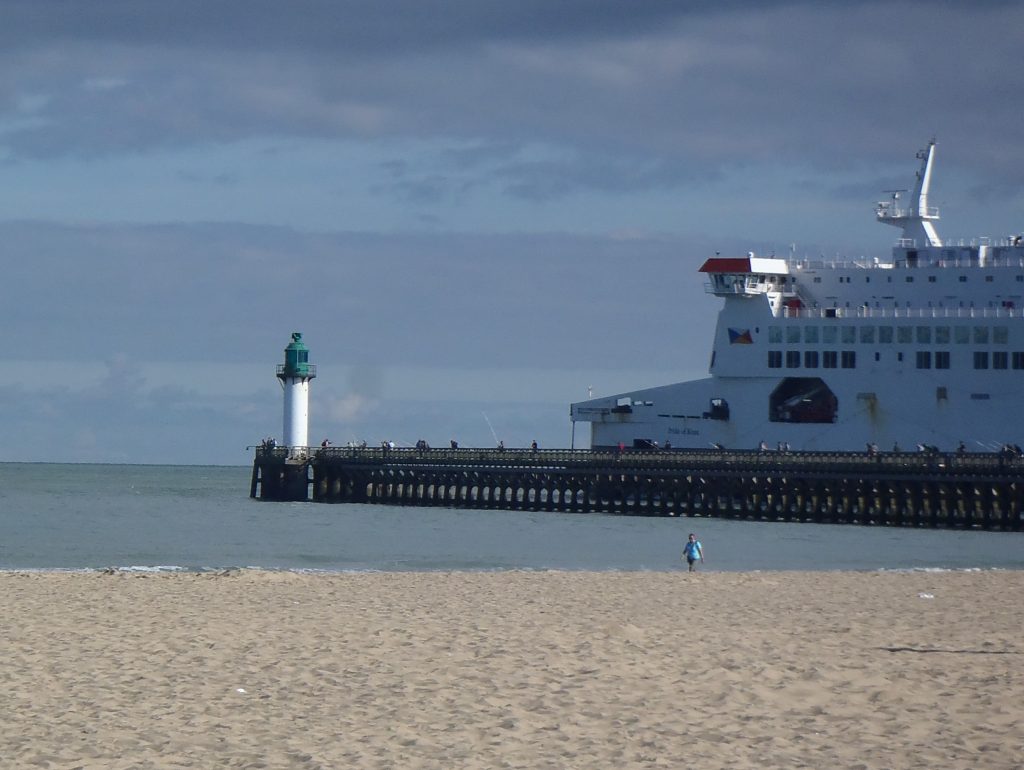
I decided to head along the seafront towards the dunes in the distance, taking it slow as I still wasn’t feeling entirely well. Reaching the end of the esplanade, I noticed a sign advertising a walk down the coast to Wissant, a place I was interested in visiting as I’d heard there were some abandoned fortresses on the beach there. Unfortunately the walk was six hours and there was no way I’d be able to make it in the condition I was in – let alone get back to Calais for my scheduled ferry tomorrow!
So I rested a while watching the surf and huge freight ships passing by, before wandering slowly back into town to look for lunch. I ended up next door to yesterday’s lunch spot at L’ardoise. Having regained my sense of adventure, I decided to start with the frog legs. I’d never live it down if I went to France and didn’t try them at least once!
It’s a cliché I know, but they genuinely did taste a lot like chicken. I picked the last little morsel off the tiny bones and moved on to a less adventurous main of moules marinières.
From the restaurant I had a good view of the Watch Tower in the Place d’Armes. Dating to 1229 it is one of the oldest buildings in Calais and one of the few to survive the Second World War. It functioned as a lighthouse until the construction of the newer one which I’d already seen.
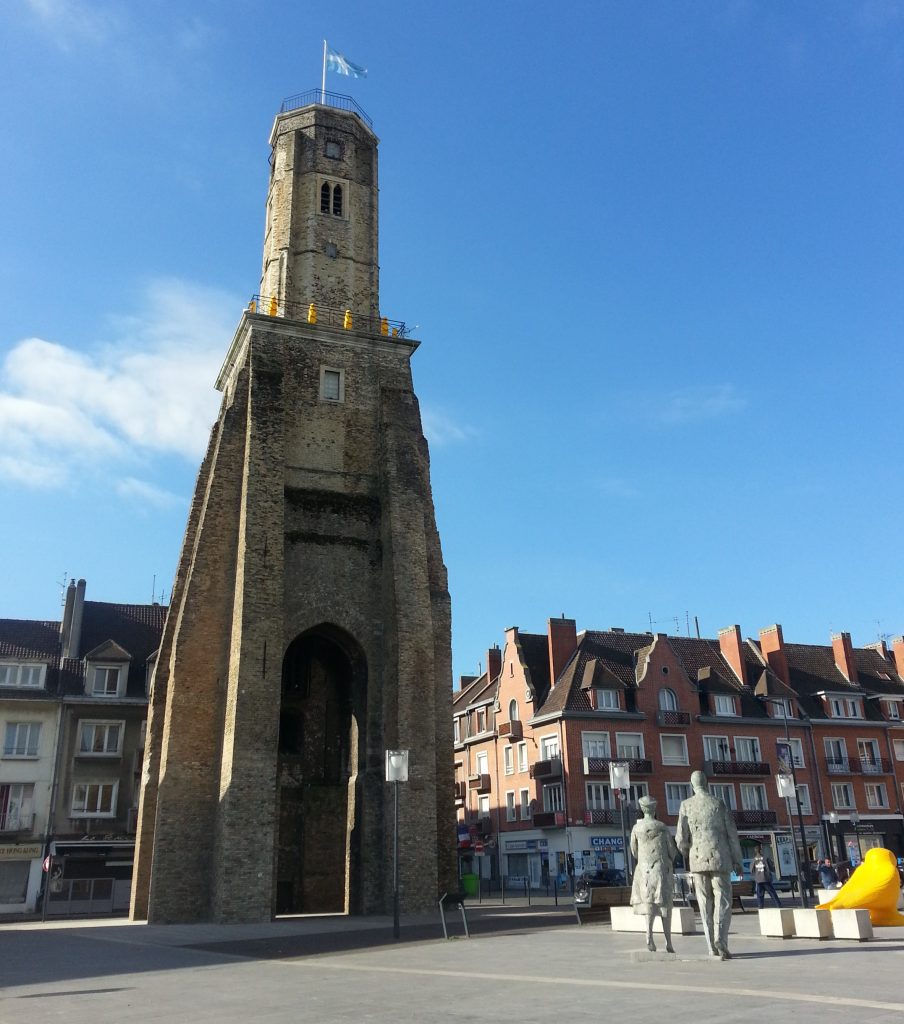
I was ready to return to my hotel room and started back but was quickly halted by a passing parade. I watched as the band passed by, followed by an older woman in traditional Calais (or Courgain) dress and some military men and officials. Curious, I decided to follow.

The pied pipers of Calais led me down to the Maritime Quarter, which originated in the 9th century as a fishing village set a little apart from the rest of Calais. We halted before a bust of Léon Vincent, mayor of Calais from 1925 until 1934. The band struck up the French national anthem (which I recognise due to my misspent childhood playing Civilization) and a wreath was laid at the foot of his monument.
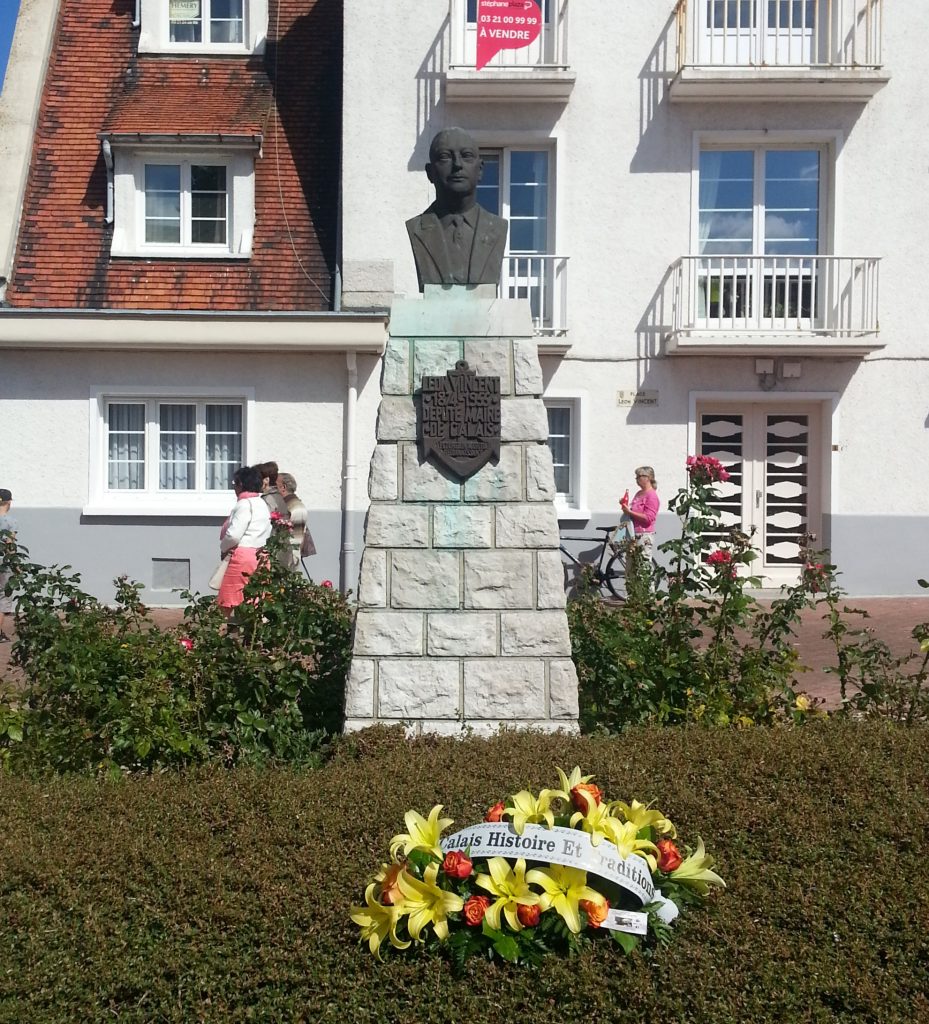
Then the band struck up again – bafflingly, they seemed to be playing “Gangster’s Paradise”, but I guess they had to play something – and I continued to follow the procession around the harbour to another memorial, a simple cross erected at the end of Quai D’angoulême where the fishermen’s nets were piled. As best I can figure out, this is a memorial to seafarers lost at sea. It is called the Calvaire des marins, for anyone who might understand more French than me.
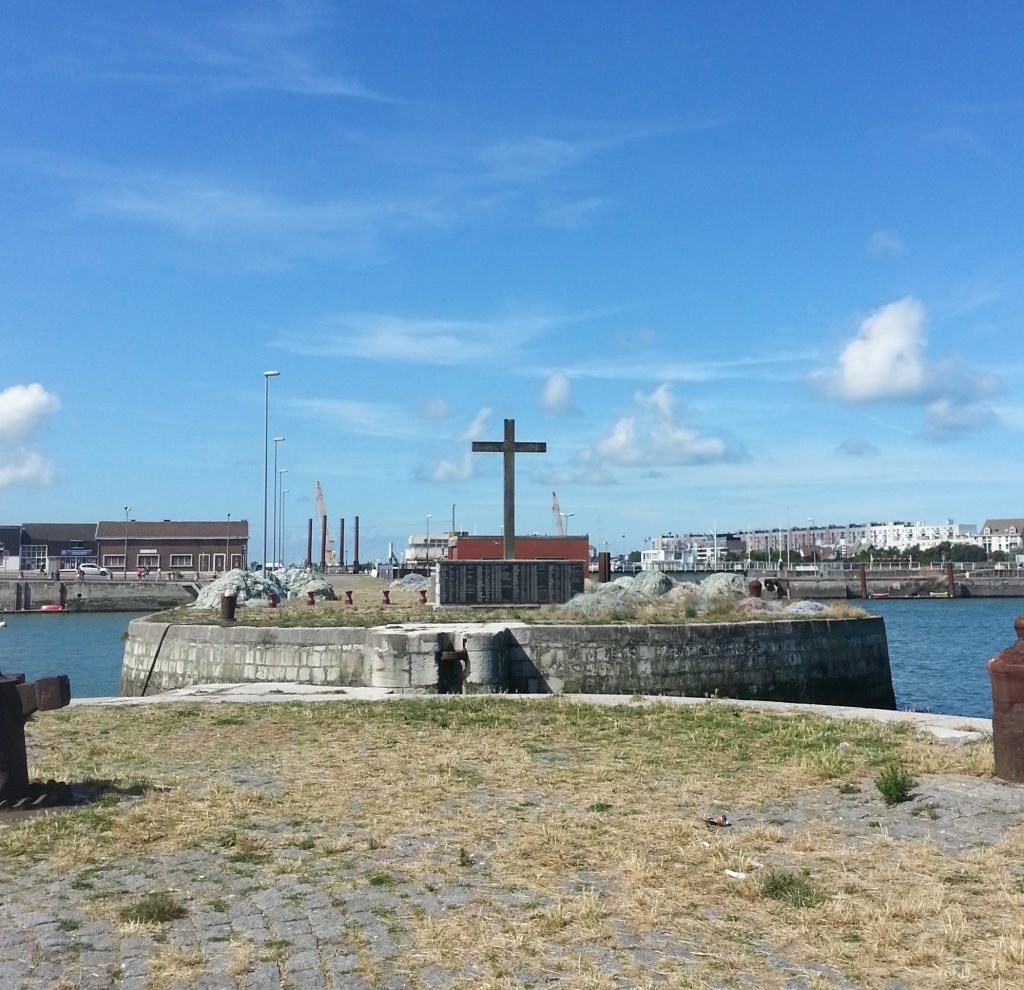
The French anthem was repeated and another wreath laid, and then we moved on. Back around the harbour we marched, past fresh seafood stalls on the sea front to what turned out to be our final destination. This time we gathered in the shadow of the imposing bronze monument to maritime rescuers. After another wreath and rendition of the anthem, several men lined up and received something pinned to their lapels. A speech followed, to which I listened politely and uncomprehendingly.
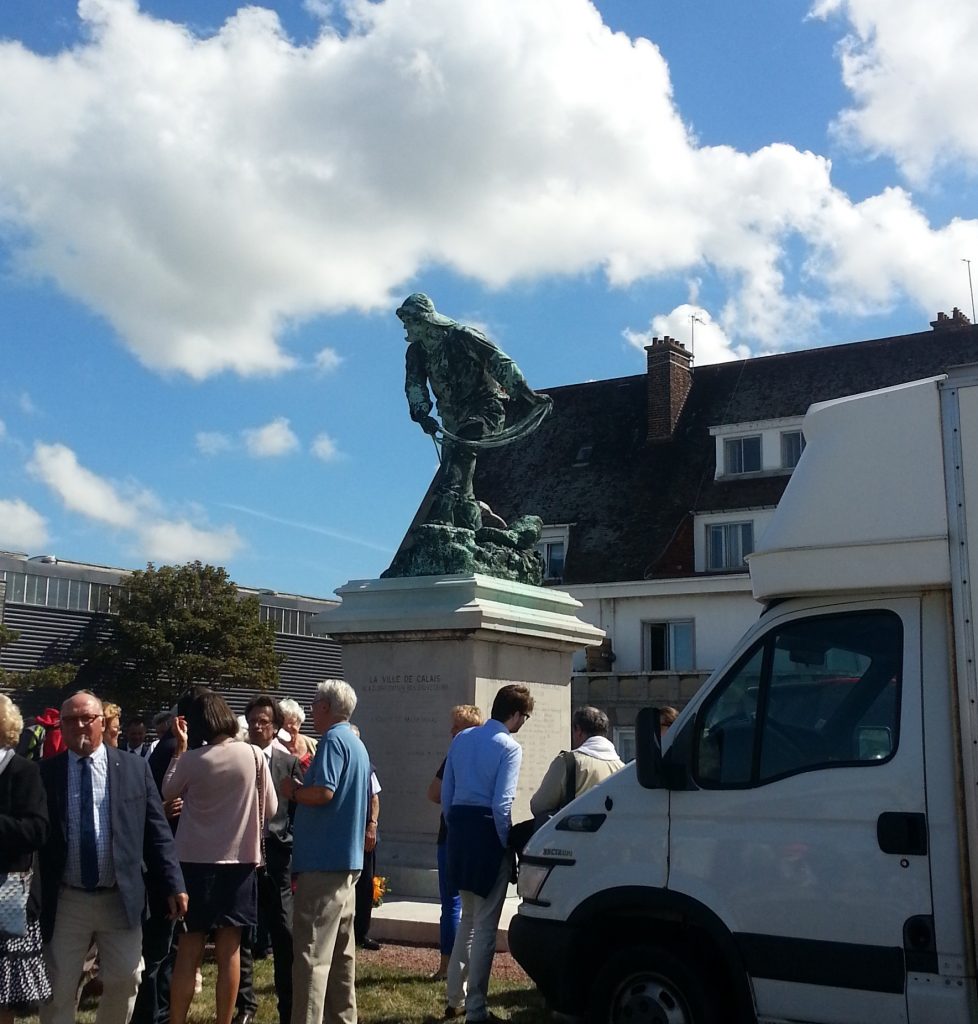
The crowd broke up, with most of the group members heading towards an open-air stage surrounded by trestle tables. Clearly a celebration was underway! To one side, fish were being barbecued in the open air.
By this point I was well and truly exhausted and thus unable to stay and participate further despite the promise of further fun. It was time for another cooling bath and a nap. It was only several days later after some furious Googling (and Google-translating!) that I figured out that I’d unwittingly stumbled into the Fête du Courgain maritime, or Maritime Quarter Festival, which is celebrated every August 15th. Apparently part of the fun I’d missed was a boat-jousting event. Boat-jousting! Not since a tummy bug prevented me from attending a barbecue in the Alps have I felt so let down by my treacherous body!
I faded slowly into a fitful sleep, dreaming of white cliffs, meat pies and menus in my native language. Onwards to the United Kingdom! I do plan to return to Calais soon, but not for more touristy fun – because there’s another Calais, hidden from day visitors, a Calais encountered by migrants desperate to cross the channel. And I don’t think a visit to one Calais is complete without paying some respect to the other.
References:
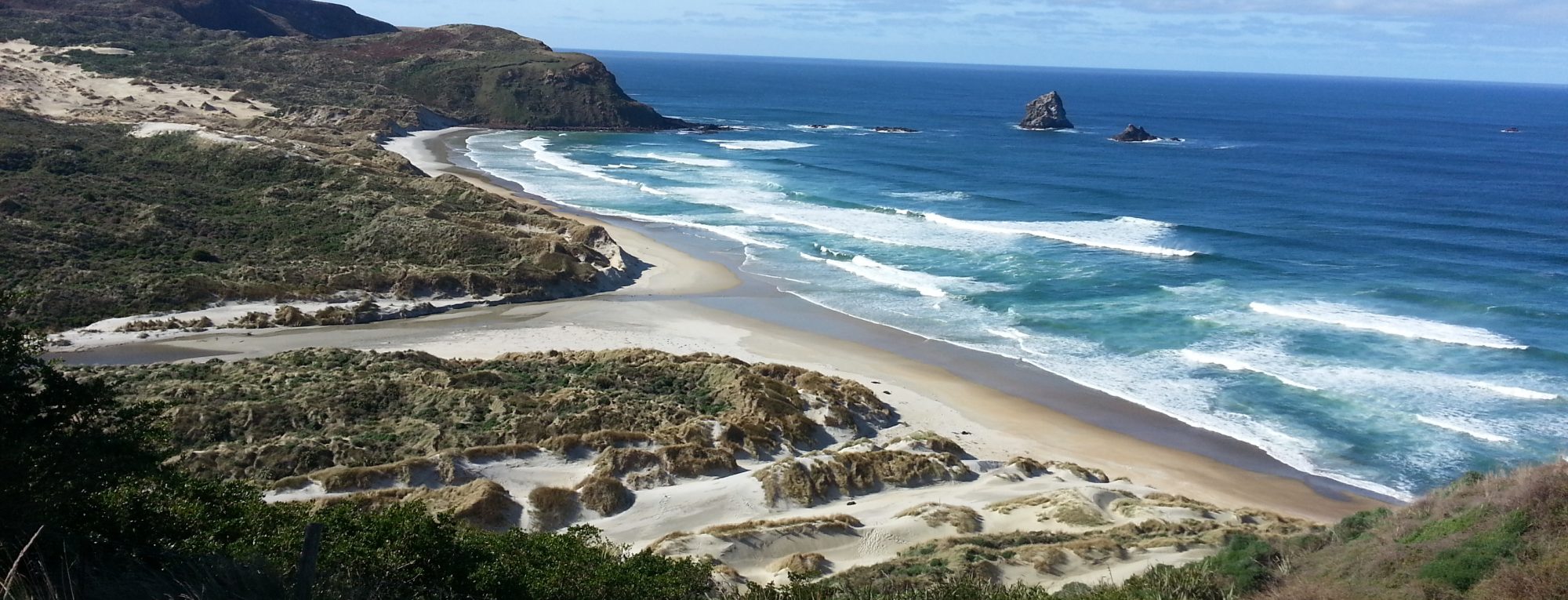

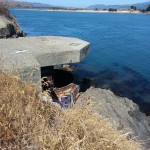
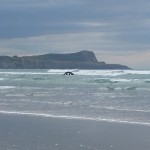
Glad you are over the upset tummy etc of visit. very good yarn as usual
As a part-time resident of Canal de Calais, and an old Dover Shark, Calais park has an underground museum, which was used by the German Army in WW2. There is also a lace museum, not far from the tourist office. Towards Boulogne and the Channel Tunnel is another Vauban Fortification, which should be accessible by bus, going to Auchan hypermarket from the station. The whole of the fisherman’s quarter is on the Isle de Calais, part of the waterway can be seen by the railway station. En route to Auchan you might pass the German war cemetery.
Thanks! I hope to be back again one day!